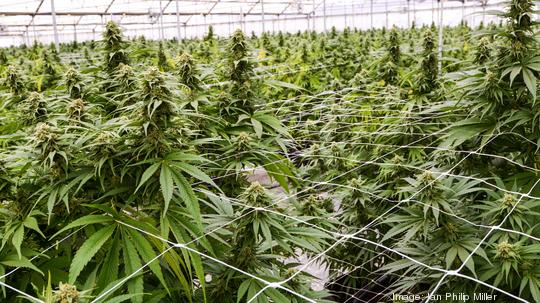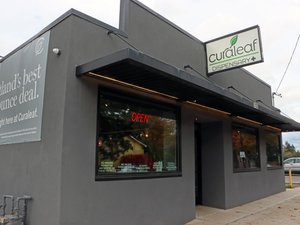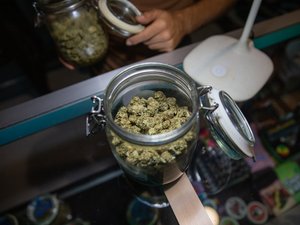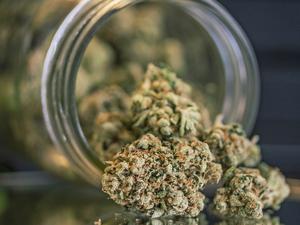
2023 is not looking promising for cannabis producers and retailers in Oregon, according to the latest state supply and demand report.
Oregon has lots of marijuana but consumers aren’t buying as much as they used to. Last year saw the first ever decline in sales.
“With a decrease in the growth of demand in Oregon, a production cycle that responds to market signals on a lag, and increasing stockpiles of inventory, the Oregon recreational marijuana market is in arguably the weakest economic position it has been in since the inception of the program in 2016,” writes report lead author TJ Sheehy, director of analytics and research at the Oregon Liquor and Cannabis Commission.
Despite the oversupply and falling prices, the number of licenses is at an all-time high. But that doesn’t mean license holders are producing and selling product. The data shows that there are fewer producers harvesting crops and the number of retailers who are open is declining.
The state approved a two-year moratorium on new producers, wholesale, processors and retail licenses in 2022, but some licenses that were already in process have been able to move forward.
“The report lays out the paradox of supply,” said Sheehy. There was improvement in 2022, with harvests decreasing but the huge harvest of 2021 was still casting a shadow over the market with high inventories throughout the supply chain.
The Recreational Marijuana Supply and Demand Legislative Report is required from the OLCC every two years to be presented to the state Legislature.
The report concludes that Oregon’s market is responding to supply and demand, but, until there is change on the federal level and Oregon-produced cannabis can be sold outside the state the oversupply is likely to continue.
“Demand can only increase so much, but supply is boundless, and that has placed Oregon in the disadvantageous position of continuing to produce far more cannabis than can be consumed by Oregonians. Until the federal government creates pathways to interstate commerce, the Oregon recreational marijuana market will be characterized by variations on the same theme: a competitive marketplace that features low prices for consumers but low margins for businesses.”
Oregon has a competitive advantage in cannabis cultivation, but the market is limited to the residents within the state who can legally consume. Sheehy likened it to going to Iowa and putting a box around the state and saying that corn grown in Iowa can only be sold in Iowa.
The narrow margins for businesses means tough times for business owners until or unless the consumer pool expands. Since Oregon was an early mover in the recreational market, he noted, other states can expect to see a similar trajectory as their markets mature.
For people looking to get into the cannabis business, Sheehy expects it would be harder on the producer side given all the data he has looked at.
“More and more like other agriculture products this will become a commodity with lower margins,” he said. That coupled with the oversupply and decline in demand for usable marijuana — which consists of dried leaves and flower — makes it a tough side of the market.
“On a more optimistic side of things, Oregon is a crucible for cannabis business. Businesses looking to get into a market that also have an eye to nationalization — which seems increasingly inevitable it’s just when — that can weather the market in Oregon can in the future be well positioned to compete on a national level,” Sheehy said.
Some highlights from the report:
- The oversupply led to declining crop in fall 2022. The self-correction overall saw 13% drop in harvest for the year.
- Last year, retail prices per gram for extract and concentrates was down 20% in December 2022 compared to the peak in Oct. 2020. Usable marijuana prices were down 28% over the same period.
- Quantities sold of usable marijuana was up slightly. In 2021 it was up 1% and in 2022 it was up 2%. That’s a much slower increase in the amount bought than in 2020 which saw a jump of 27%.
- Quantities sold of concentrates, extracts, edibles and tinctures was down, although measurement of these products is more nuanced as policy and concentration limits change. This means items may be more potent so people buy less.
- Looking at sales based just on THC and not type of product shows a leveling of demand. THC sales in 2020 jumped 26% but were only up 12% in 2021 and 11% in 2022.
An earlier version of this story included an incorrect chart on the percentage of producers and retailers operating. It has been updated.








